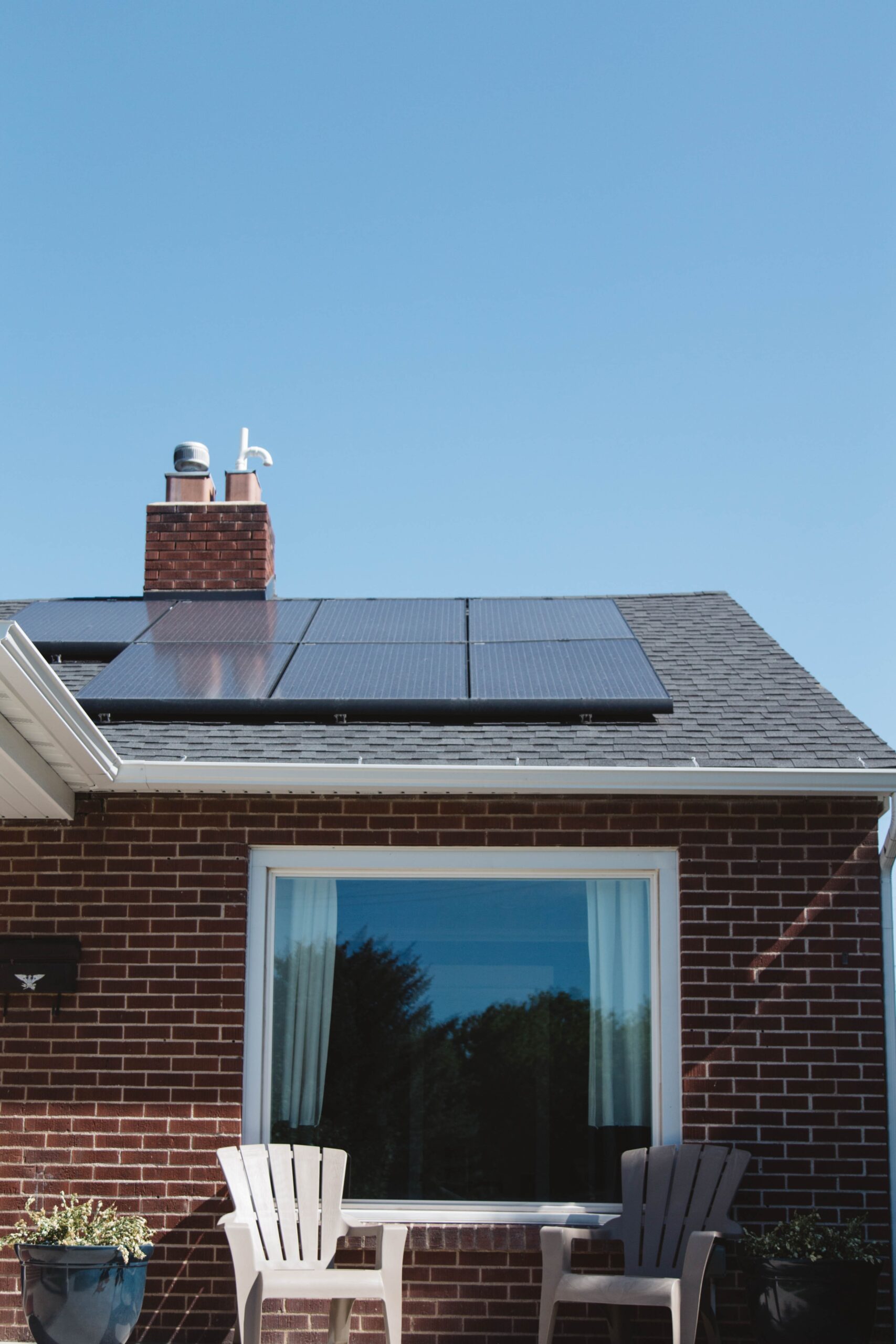Many thanks to SWLing Post contributor, Jerome van der Linden, who writes:
Hello Thomas,
In asking the manufacturer of the inverter for the solar array on our house what I might be able to do to reduce the EMI coming out of it, he gave me some Googling ideas, which led me to the following article which I think is worth passing on to others:
I was particularly interested in the sentence: Conversely, inverters connect to AC circuits in the home, turning every inch of the house wiring into an antenna that radiates the interference.
The guy who wrote the article has a lot of experience in chasing down this problem.
Cheers
Jerome van der Linden
Thanks for sharing this, Jerome. As more and more homes install solar solutions, tracking down sources RFI has certainly become an art form. When we installed our rather simple PV system over a decade ago, our installer stuck with telephony approved gear–charge controllers, etc. that are often used in communication central offices.
Thank you for sharing!


Jerome,
To make it simple.
The FCC and other regulators have regulations on how much interference is to be allowed out of any electronic/electrical device. The radio needs to filter out all signals except the desired signal. If this does not occur then interference results.
The inverter system used to convert DC to AC are used extensively for large motor control including EVs.
A couple of additional comments
If the sine values are calculated in increments of 628 of a cycle means that the sample frequency is 344 kHz in 60 Hz systems and 286 kHz in 50 Hz systems. Therefore in 60 Hz systems the 2nd harmonic is 687 kHz 3rd 1031 kHz 4th 1375 kHz…..
At the start of radio they had a coil of wire, capacitor which forms a tuned circuit and a spark gap. The arc produced the same effect, Thus lightning produces a huge range of frequencies.
This is why a van de graaff generator has to be enclosed an a Faraday shielded enclosure to prevent interference to every receiver within its coverage area!
‘As a consequence, these harmonics radiate into the AM broadcast band .. and far beyond. To make matters worse, the circuits in inverters are not “linear”, which is to say they don’t faithfully reproduce the exact waveform put into them. It’s done by intent, but with a side-effect. This non-linearity turns the circuits into “mixers”. Mixers are a part of every radio and television. We use mixer circuits to combine two frequencies and obtain others. When non-linear circuits are fed a large number of signals, they add and subtract all the various combinations of signals to create still other frequencies .. and so it goes.’
This explanation is not quite right.
The solar panels produce a direct current which will only travel in one direction and in their case will be a fixed voltage over a second. The inverter’s job is to convert a fixed direct current into alternating current sine wave. If you go to a maths program and look up the value of sin of 0° = 0 %, 30 ° = 50 %, 45 ° = 71 %, 60 ° = 87 % and 90 ° = 100 % DC voltage in theory equals the peak value of the output voltage. 180 ° = 0 % now the electronics reverses the DC Voltage 270 ° = – 100 % & 360 ° = 0 % again. The pattern is repeated every 17 ms in 60 Hz countries and 20 ms in 50 Hz countries. So at the 90 ° and 270 ° points the pulses have maximum duration. A microprocessor reads the sine of the angles above from firmware to and alternately switch on and off a pair of SCR switches to produce variable width pulses to producing a positive half cycle fixed voltage positive pulses followed by the negative half cycle constant voltage negative pulses. A low pass filter integrates the pulses into a sinewave.
A rapid switch from off to on or on to off causes an infinite number of harmonics of 2 x , 3 x …. either 60 or 50 Hz. As the harmonic number rises the power at that harmonic reduces. These are removed by the output filter to produce the sine wave shape. The quality of the output low pass filter will determine how much interference producing harmonics are left at the output of the inverter, which will be received by radios, Wifi, phones terrestrial TVs and even satellite receivers.
Intermodulation distortion in an amplifier within the receiver is used to reduce the signal frequency. This ‘amplifier’ is called a ‘mixer’. It produces sum and difference frequencies along with multiples of the original frequencies. Usually the difference frequency is used to recover the sound. Sensitive receivers contain an RF amplifier prior to the down conversion. If it is overloaded by unwanted frequencies they will through the process above to modulate the wanted signal causing interference making it audible. Cheap Software Designed Radios have virtually no filtering prior to the RF amplifier to remove unwanted interference. Older super heterodyne receivers always include at least one tunable filter, which includes the variable tuning capacitor connected to the tuning control.
Mangosman, I don’t feel qualified to comment, as I’m sure I understand very little of what you’re suggesting. If you are disagreeing with the person who put the arguments in the first instance, why not submit your views to him (Dan, Snr Engineer working for Exceltech)? Though I concede the article does not provide an email address for him…
Jerome